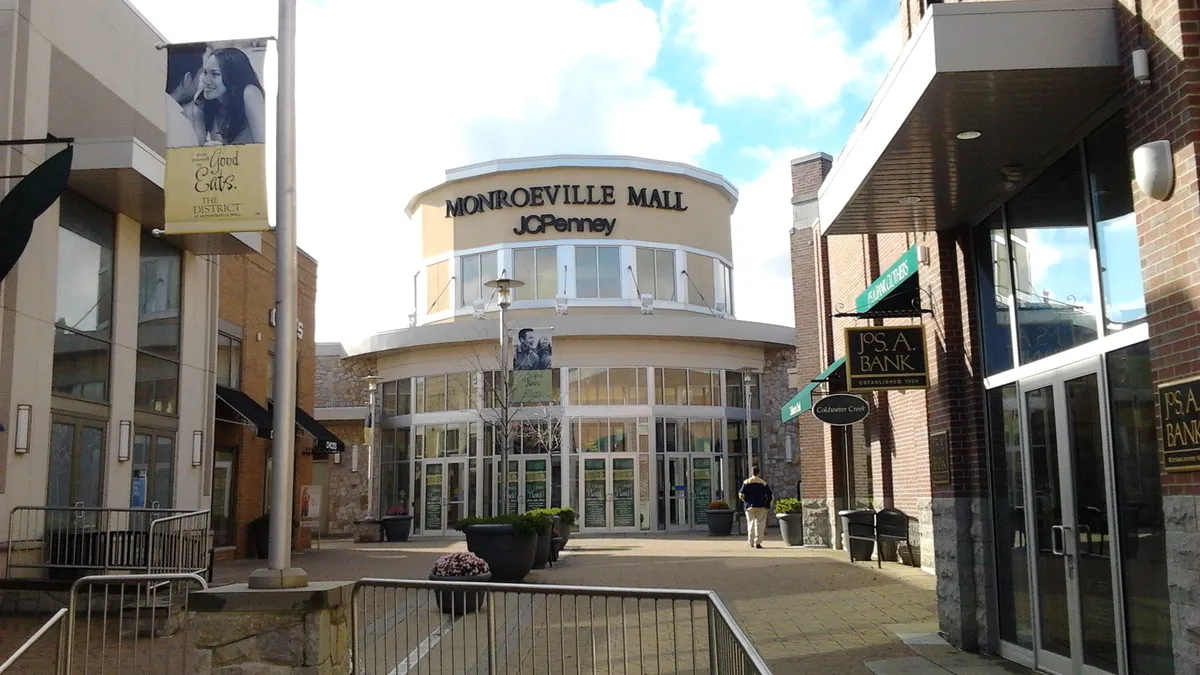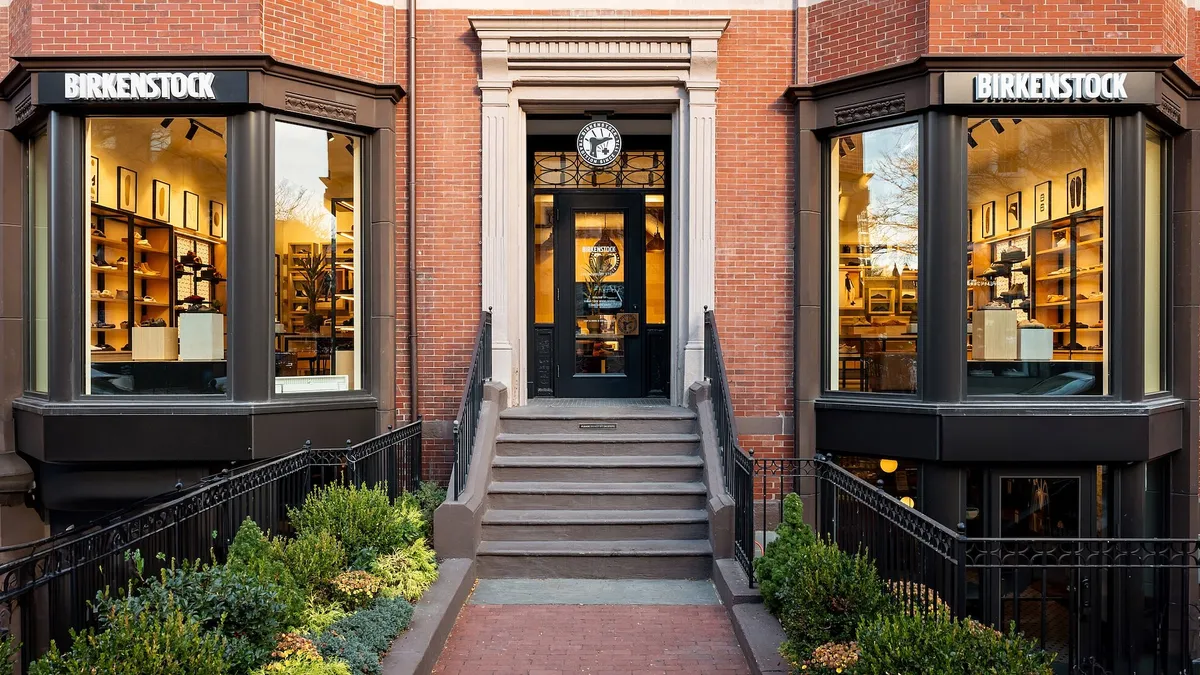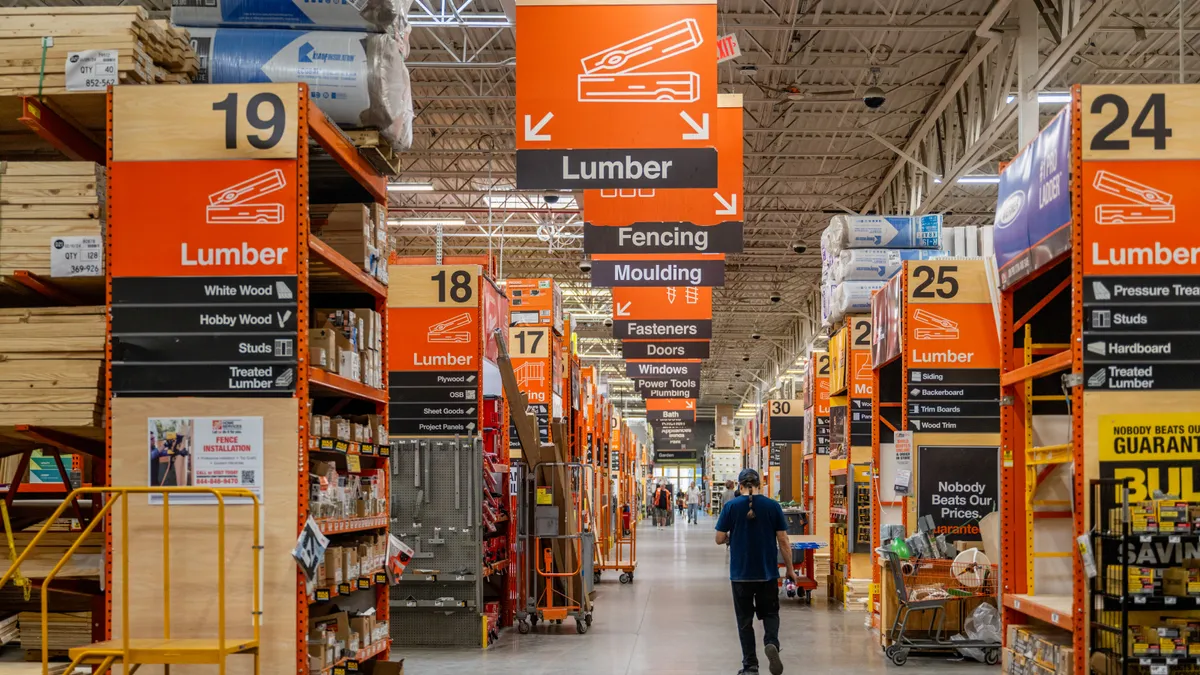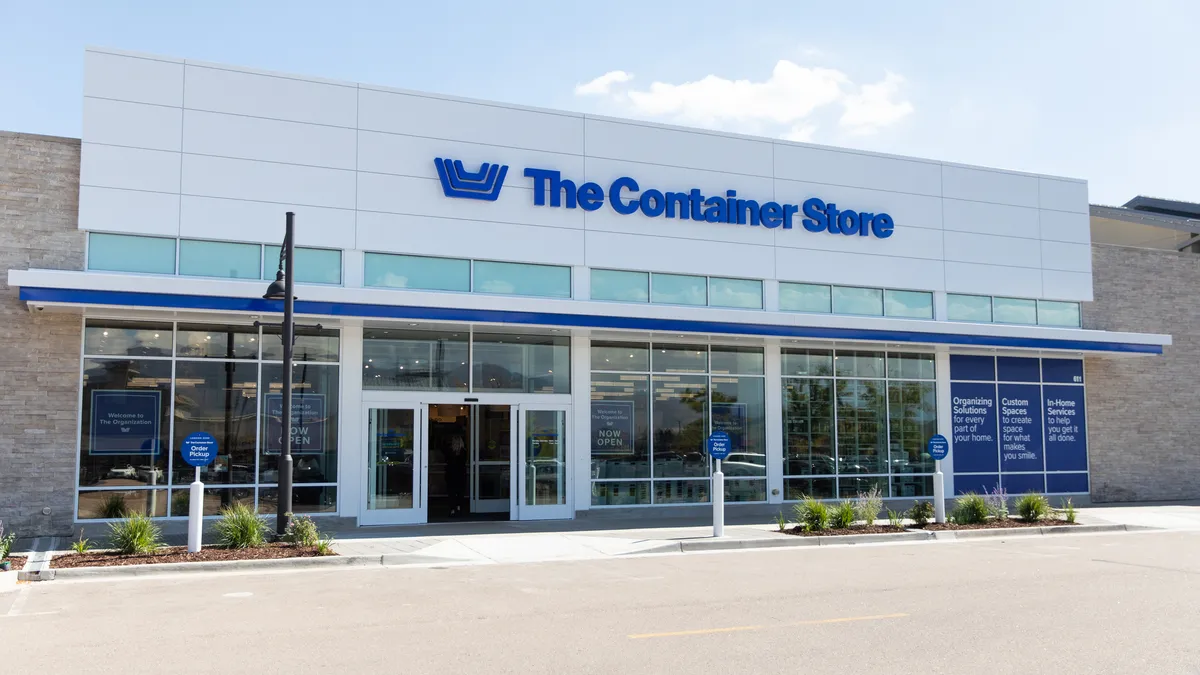Lower-performing shopping malls in the U.S. that once seemed destined to languish or close are getting renewed attention.
Last week, for example, Walmart revealed that it bought a mall in the Pittsburgh area, and Simon Property Group said that for the next two years it will refurbish many of its B malls.
“Frankly we've been organizationally very focused on — for no better word — the A's,” CEO David Simon told analysts last week. “We do think there is real effort, focus, growth for us in the B's, where we're investing our dollars. So that's a big program for us in ’25 and ’26.”
First in line at Simon is Smith Haven Mall on Long Island, New York, where improvements will include updated flooring and fixtures inside, as well as a fresh coat of paint, new landscaping and refreshed signage outside. The food court is being overhauled, and new tenants will include Zara and Sur la Table, the company said Monday.
Walmart has partnered with Texas real estate and development firm Cypress Equities to redevelop the Monroeville Mall, which is anchored by J.C. Penney and considered a B mall by some analysts. The plan is to transform it into a mixed-use site that includes retail, entertainment, restaurants, residential, hospitality, office and public spaces.
Any effort to reenergize a low-performing mall entails enticing retailers into empty spaces, refurbishing interiors and stepping up leasing and marketing efforts — and a lot of dollars, experts say. Meanwhile, the payoff is uncertain because it remains unclear whether even improved B malls can withstand the decline of their department store anchors.
The ABCs of malls
Generally speaking, A malls are top notch, with the best tenants and most robust sales and foot traffic; B malls are middling; and C malls are forlorn.
“The retail prospects for most malls graded 'B-' or below are generally dire; many will be repurposed with another real estate use over the next decade."

Green Street analysts
A mall’s rank has traditionally been linked to its ability to generate sales for its retail tenants. B malls probably generate about $300 in sales per square foot, according to Nick Egelanian, president of retail development firm SiteWorks. These days, factors like footfall and deferred maintenance are also considered, according to Green Street analysts, who count roughly 300 B malls in the U.S.
Those analysts describe B malls as having average sales productivity, often at least one anchor vacancy and declining occupancy. They can be a solid mall in a small market, or the third-best mall in a five-mall town, they said in their mall outlook report for 2025. Combining effective rents and occupancy into one metric, growth at B+ malls rose 0.3% last year, at B malls fell 2.5% and at B- malls fell 5%, Green Street found. Growth at A malls rose 2.4% to 5.5%, and at C malls fell 6.5% to 8%.
“The retail prospects for most malls graded 'B-' or below are generally dire; many will be repurposed with another real estate use over the next decade,” Green Street analysts said in their report.
Reward and risk
Simon and others may nevertheless see potential in lower-performing shopping centers because, despite ongoing store closures, retail space is tight.
With little new development in the pipeline and rising demand since the pandemic, the U.S. retail vacancy rate last year remained at just over 4%, according to Colliers. Tenants also reported “a lack of quality space as a key marketing challenge,” according to that report.
“Given the limited space availability in A Malls, landlords have a prime opportunity to elevate the leasing efforts in B Malls,” Anjee Solanki, national director of retail services at Colliers, said by email.
The rise of e-commerce and consumer struggles with spending power have been especially challenging to B and C malls, and the success of such a project depends on a mall’s location and tenant mix, according to Solanki. Simon’s approach of targeted investments suggests “that landlords see value in strategic redevelopments rather than widespread overhauls,” she said.
Even that can get expensive, because it still requires tenant incentives, capital expenditures, and repositioning and marketing, with cap rates at 13% to 17% for B malls, compared to 5.5% for top-tier A malls, “indicating higher risk and return expectations,” Solanki said.
”With department store vacancies increasing and mall owners focusing on diversified revenue streams, the investment needed to reposition these assets is substantial,” she said.
The biggest obstacle
It can be tough to remember that malls originally latched onto department stores as anchors because they were a huge draw. Today, though, traffic at department stores is down nearly a third from pre-pandemic levels, according to Solanki. Overall, the sector has been in a steep decline for decades.
“The idea was ‘get department stores and they’ll draw the traffic,’” Egelanian said. “The mall format is not a format that anybody will build again, and the reason why they won't build it again is because department stores don't rule the business anymore.”
Still, malls remain dependent on department stores. Seven of Simon’s top anchors, by total square footage, are department stores, including 97 Macy’s stores, 53 J.C. Penney stores, 35 Dillard’s stores, 24 Nordstrom stores, 19 Saks stores, seven Belk stores and seven Von Maur stores.
Yet department stores leave malls with a problem when they leave, too. Macy’s is in the midst of closing about 150 stores. As with Sears’ mass closures a few years ago, those cavernous spaces can be hard to fill, though non-traditional anchors like mass merchants, grocery stores off-pricers, fitness, entertainment and even medical offices are gaining traction, according to Colliers’ Solanki.
But those seldom send many customers into the rest of the mall, and in fact stores with cheaper goods can diminish traffic and sales at other tenants, according to Egelanian.
“It all goes back to how America shops today,” Egelanian said. “Every time they put more discount in the mall, it just makes the situation with the department stores that much worse.”
Like Simon, Solanki sees potential in B malls, in light of the limited space at A malls, and an opportunity for landlords.
“By focusing on emerging, expanding brands, and making strategic capital investments, landlords can significantly enhance the overall experience,” she said.
But Egelanian sees little future in them, considering that many owners, including Simon, have been happy to sell off their B malls, even at a loss. CBL Properties, the previous owner of Walmart’s new mall, sold the 1.2 million-square-foot property for $34 million, some $200 million less than what it paid for it in 2004.
“The obvious question is, what's changed?” Egelanian said. “What do you know that nobody else does? What do you know that you didn't know a year ago? The last 40 years of department store sales declines isn't going to stop.”






















